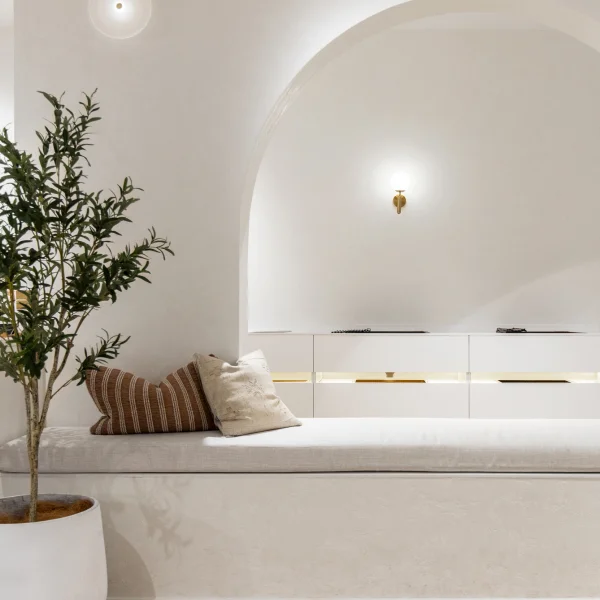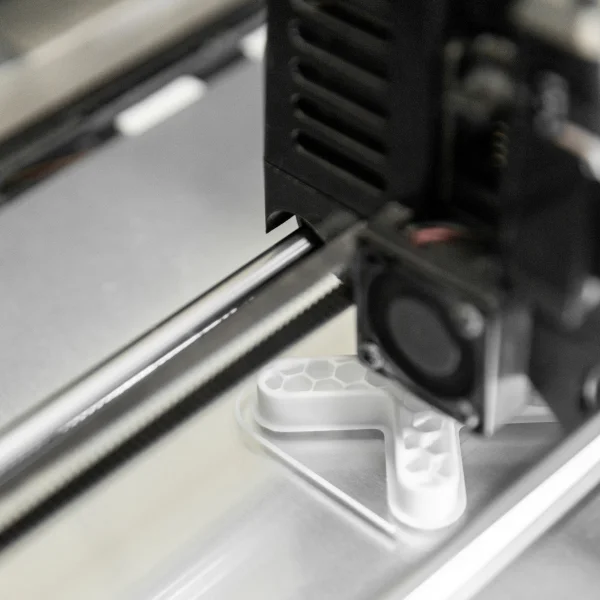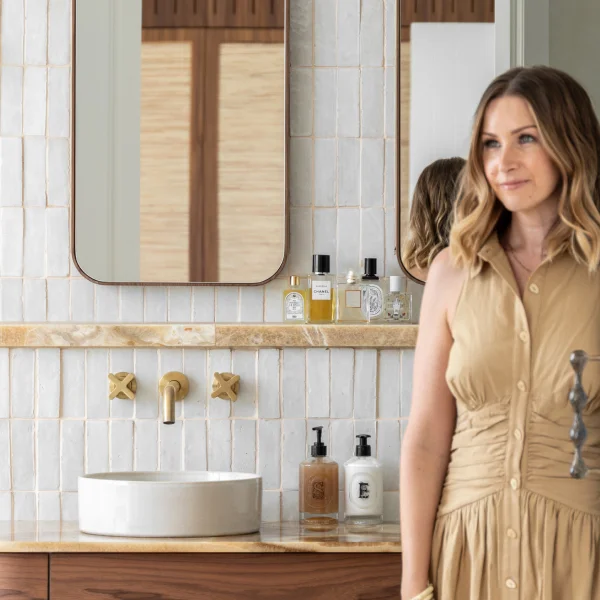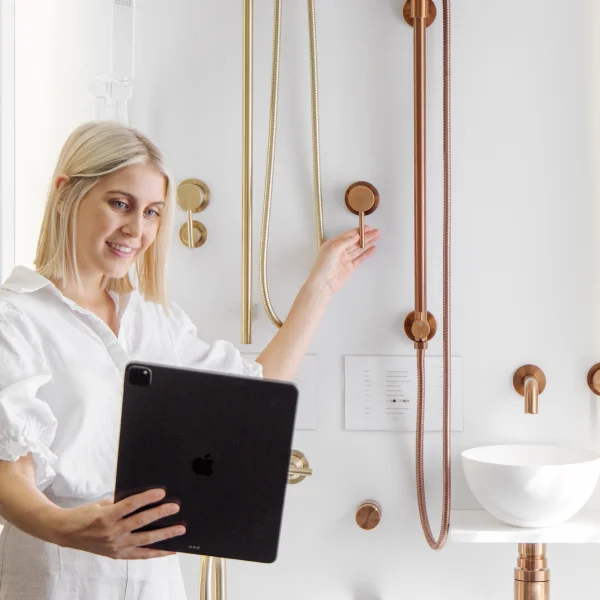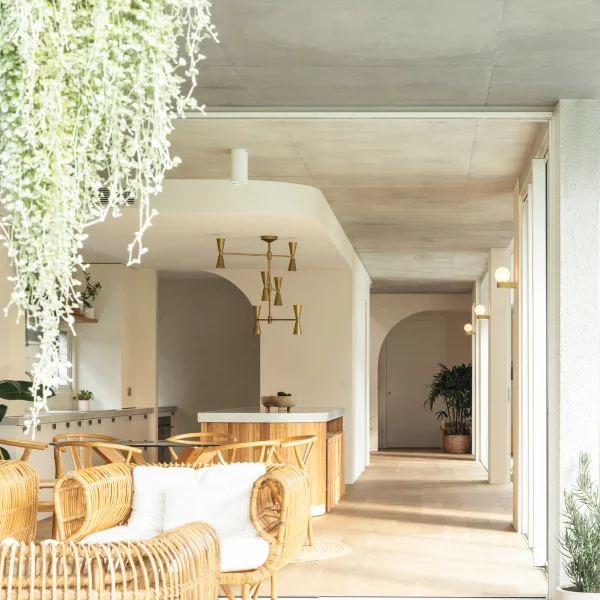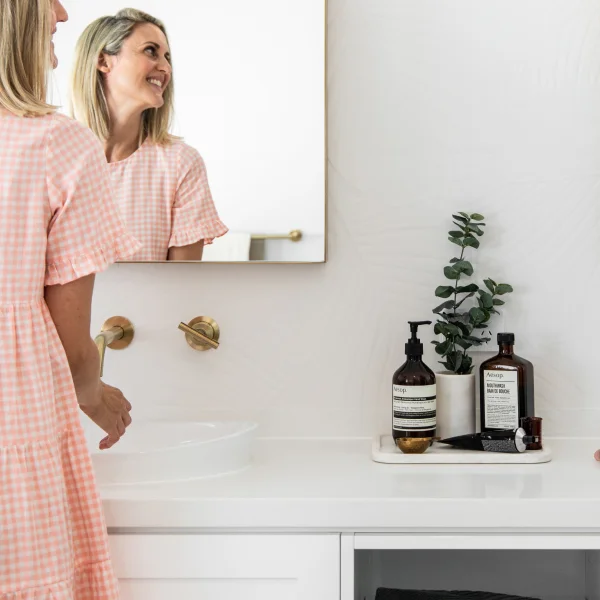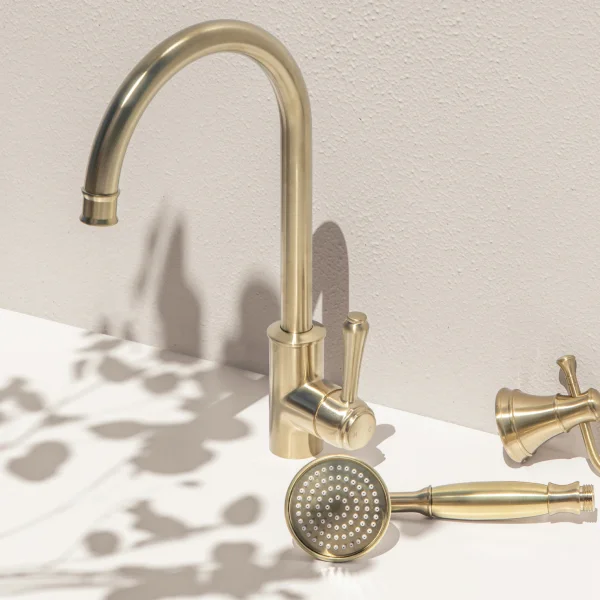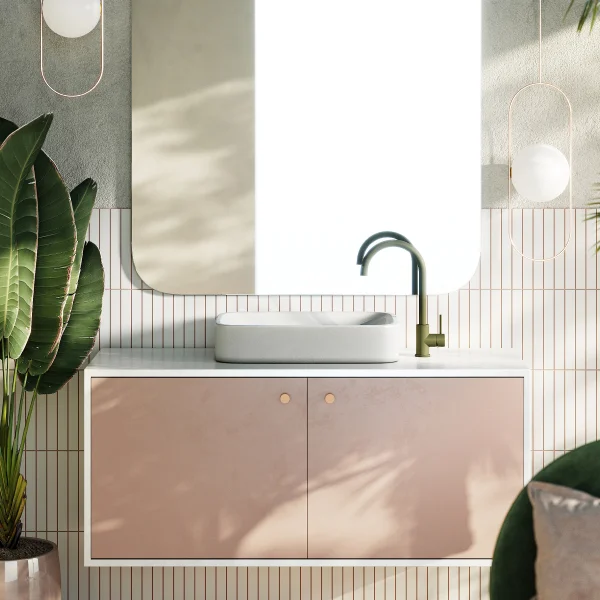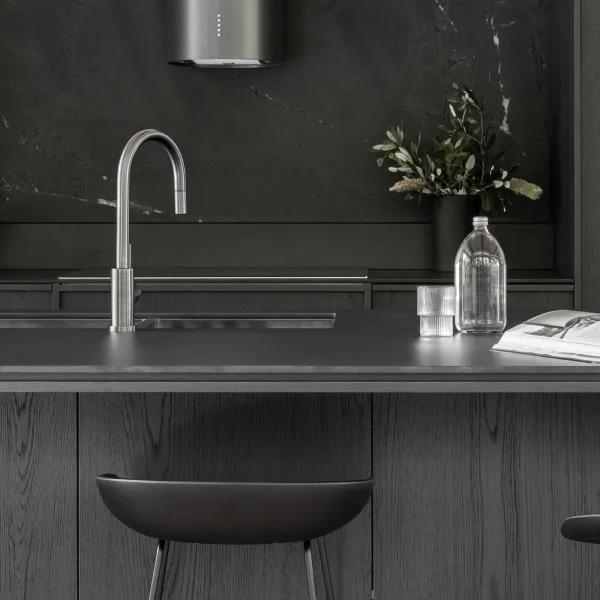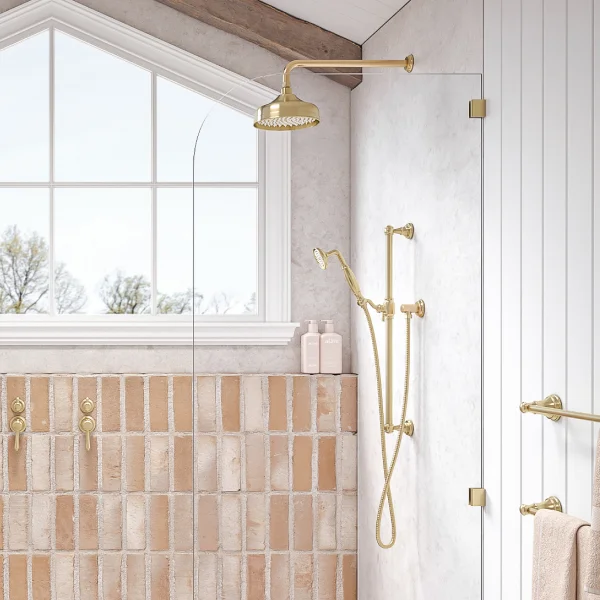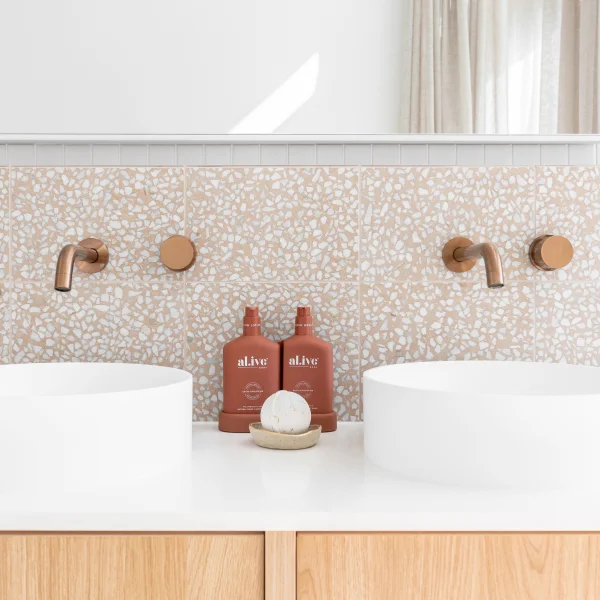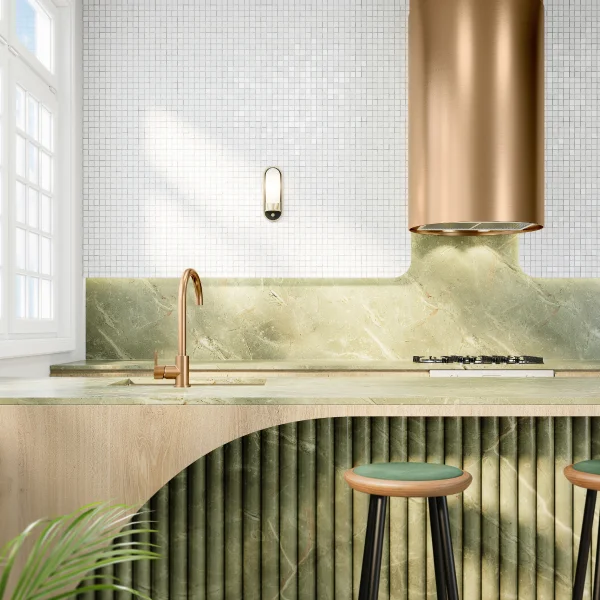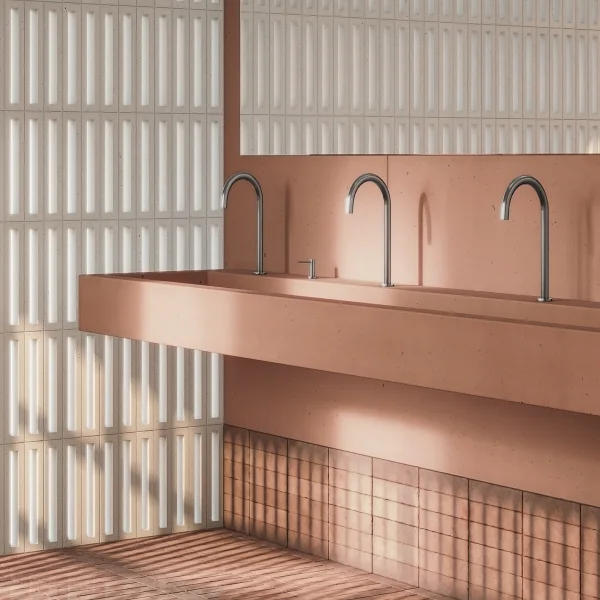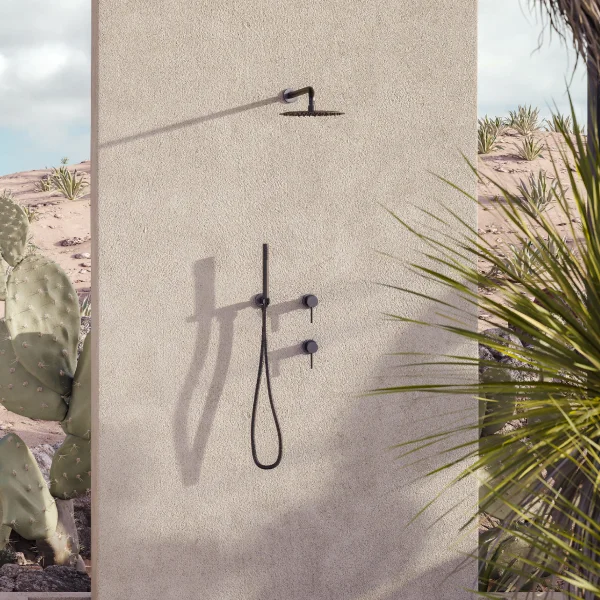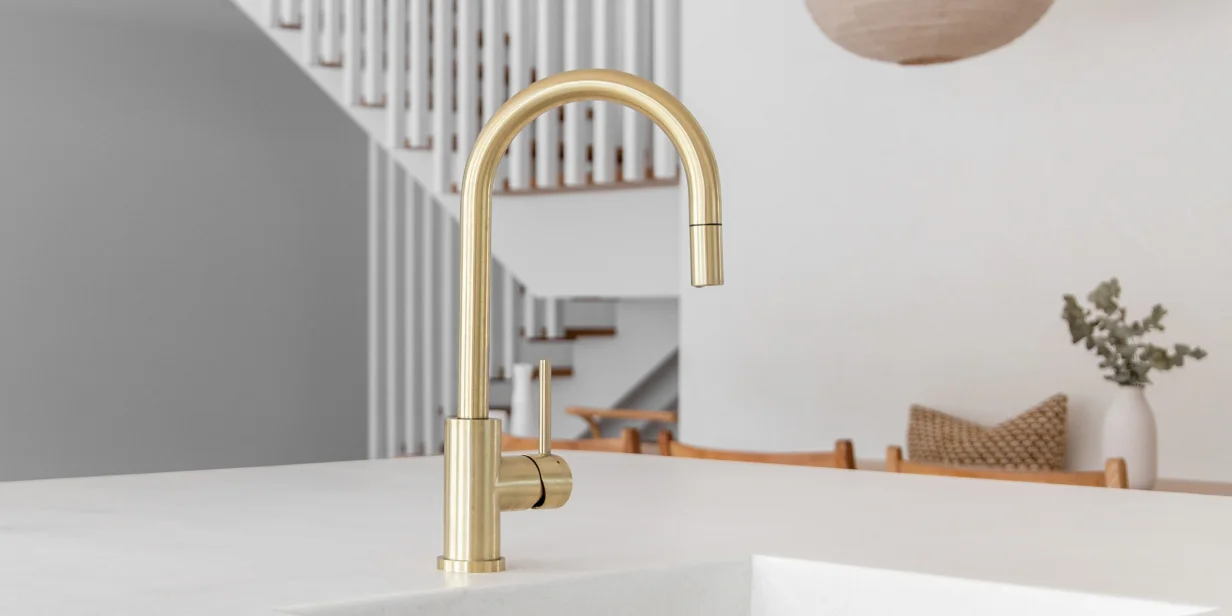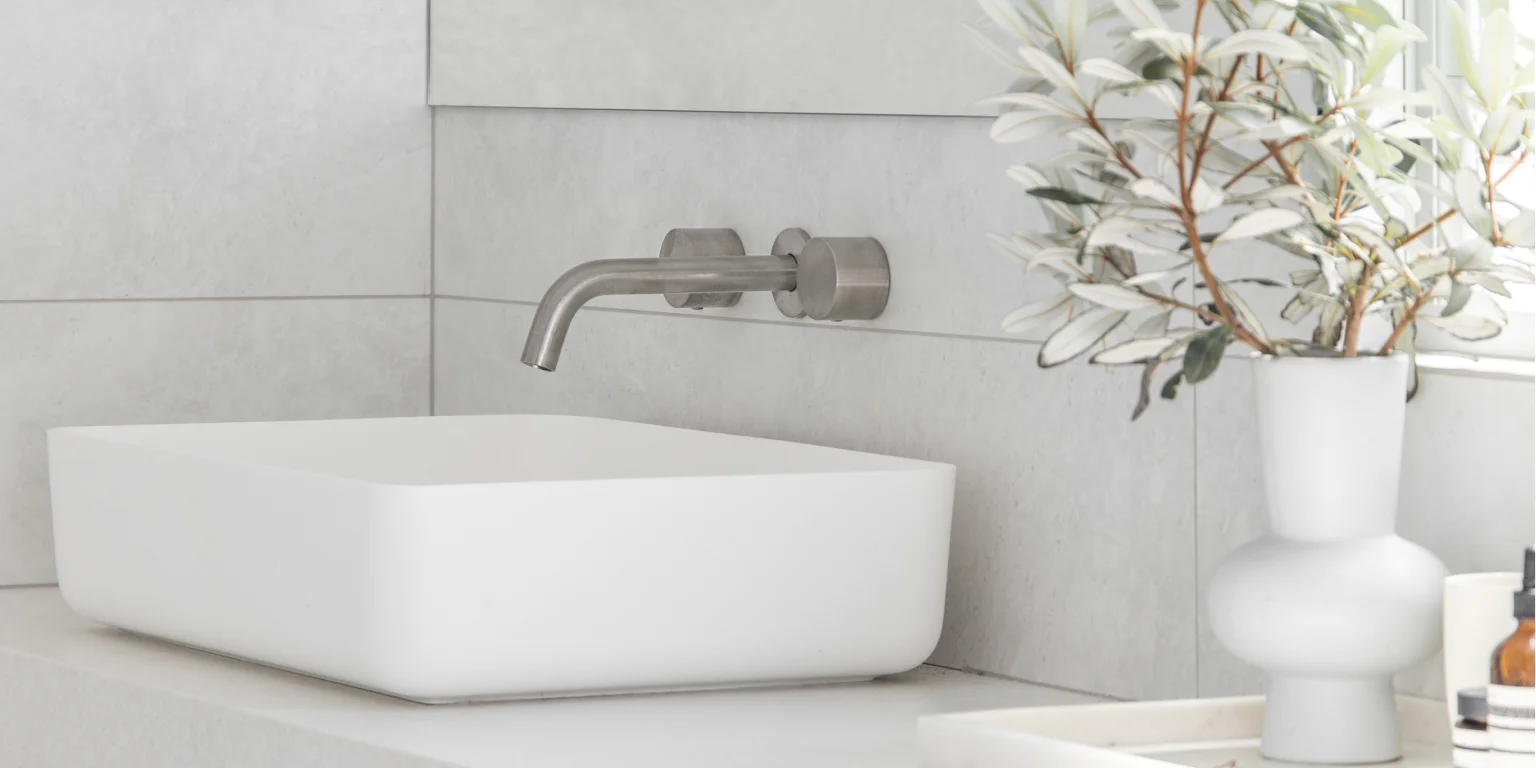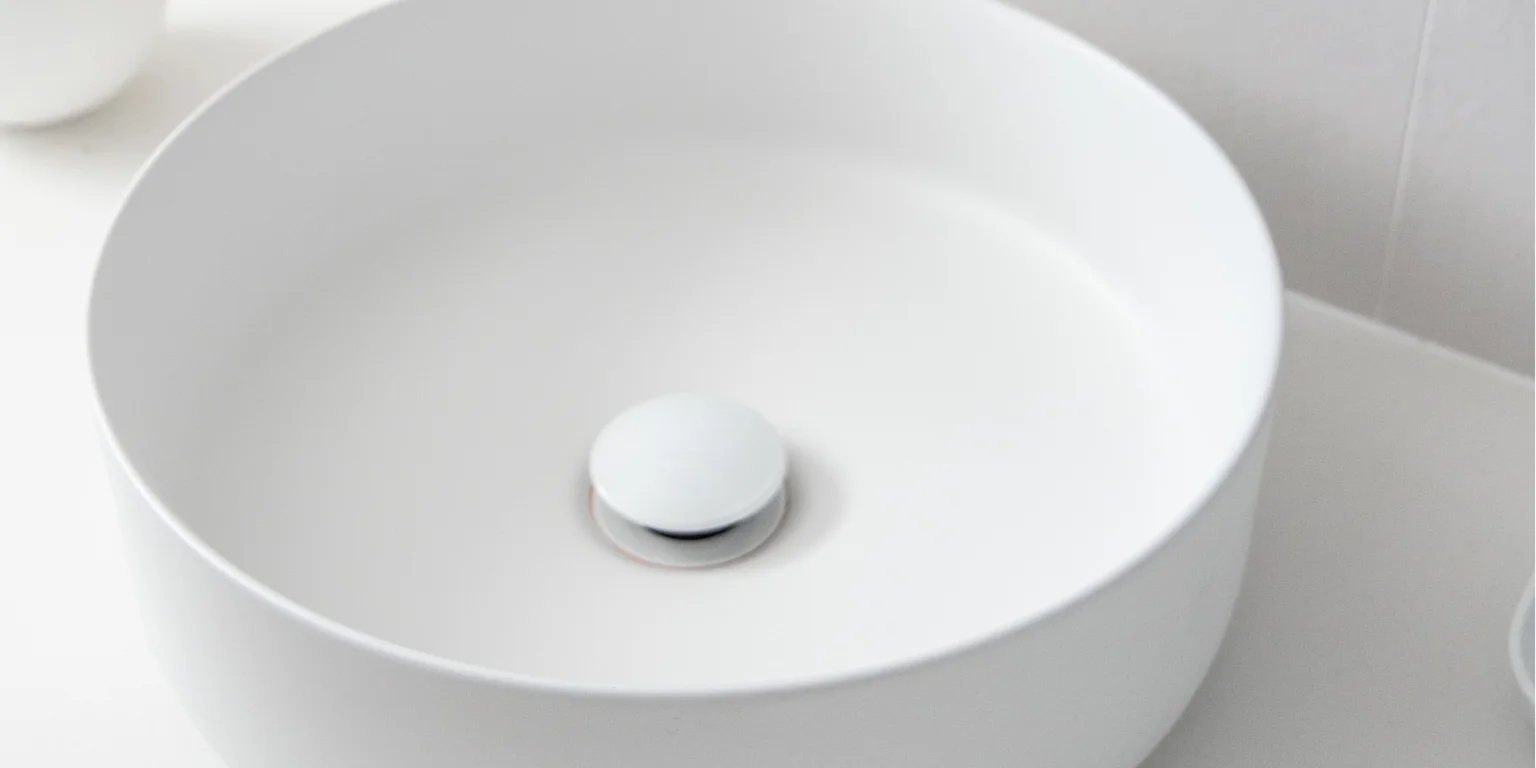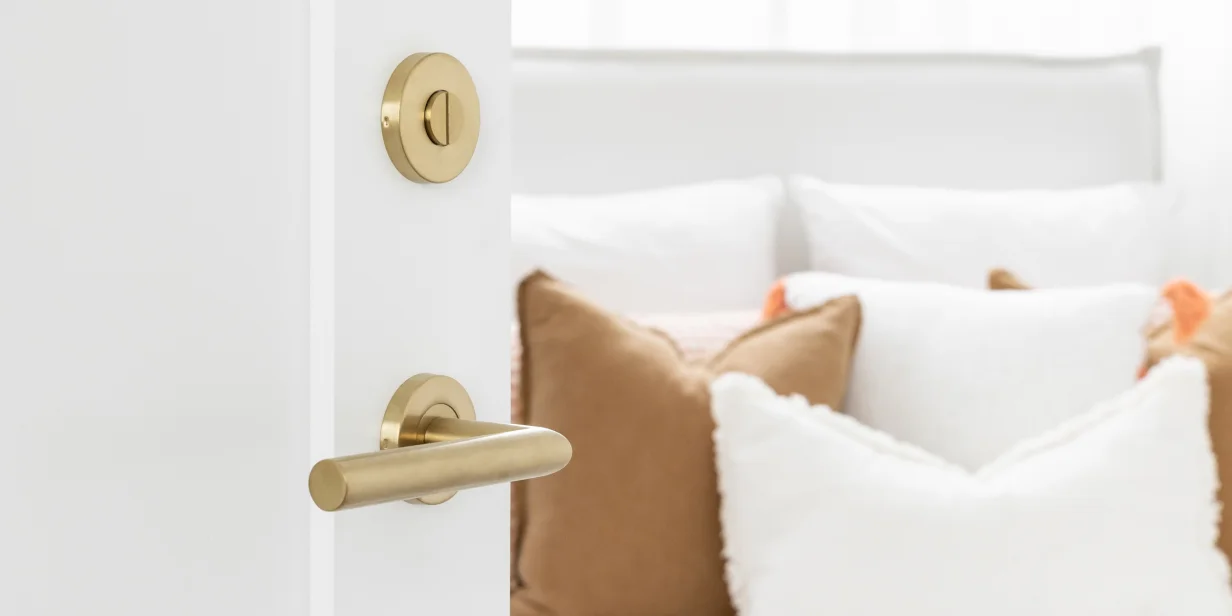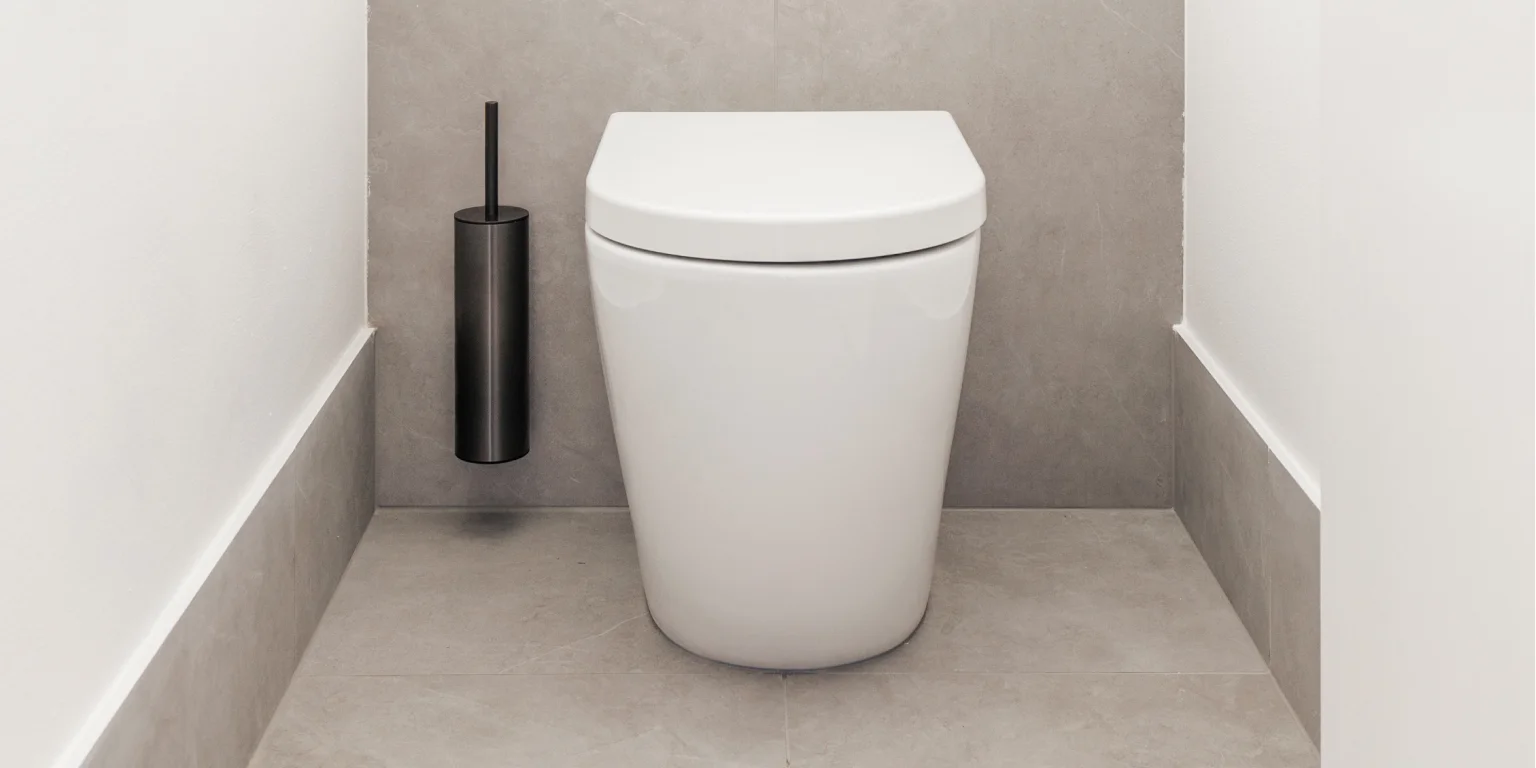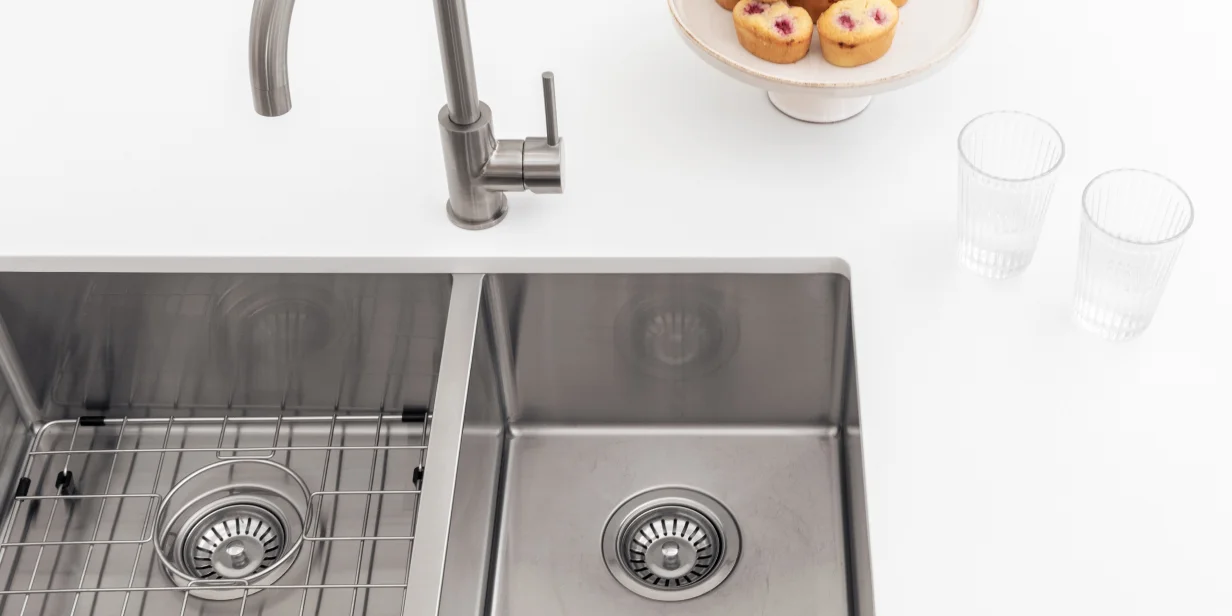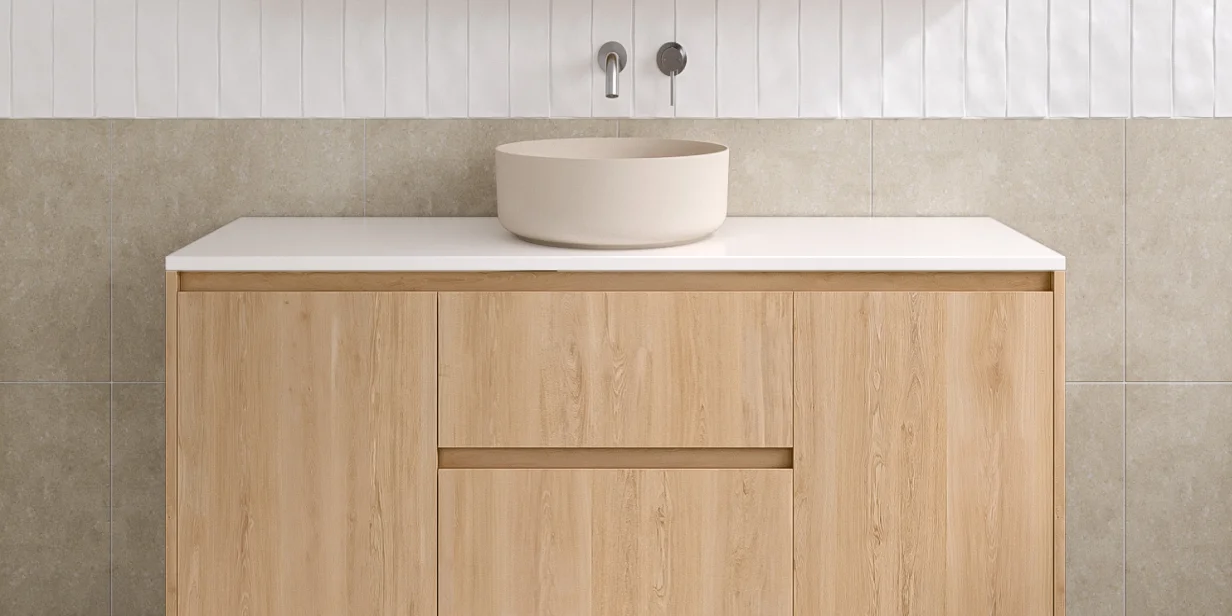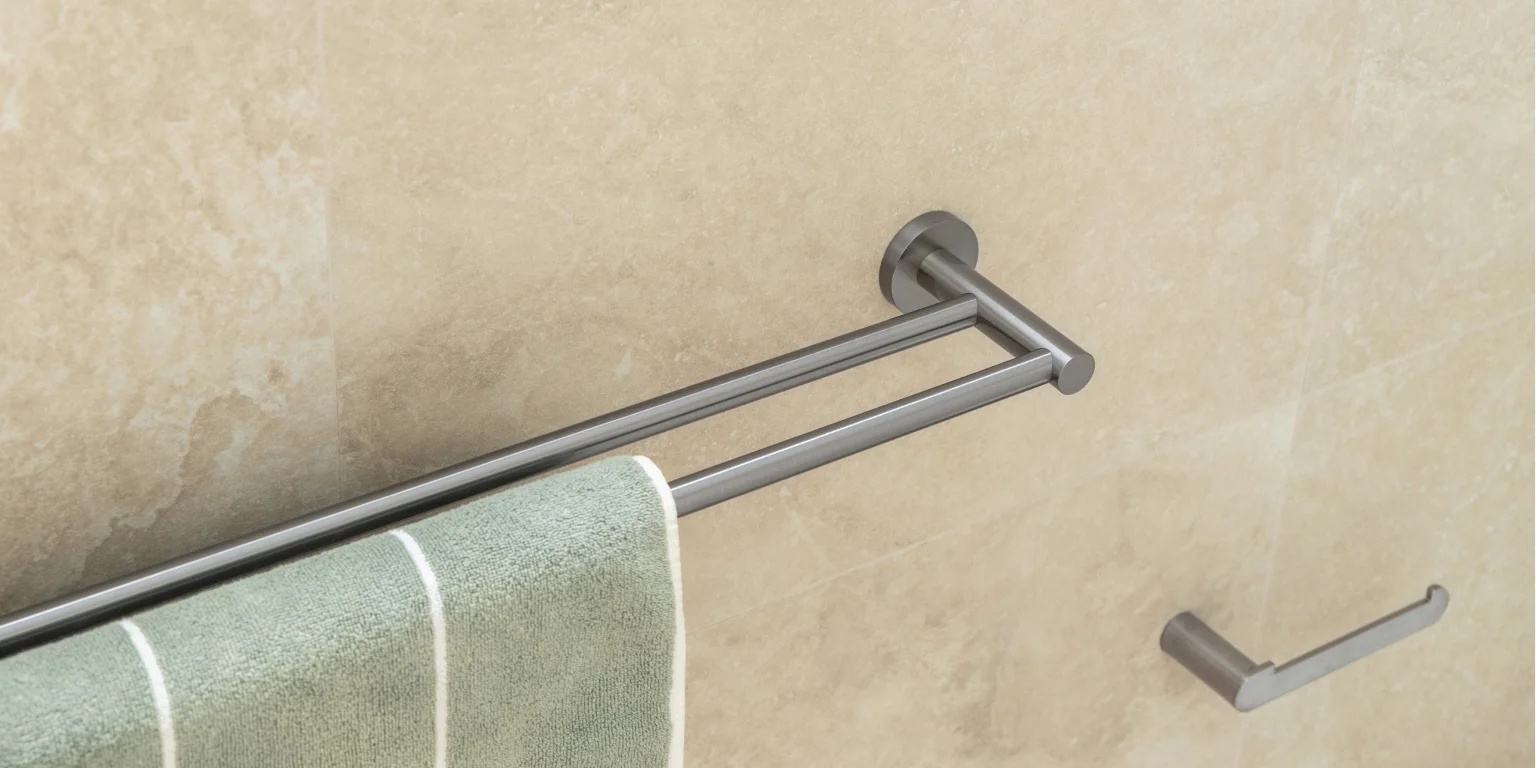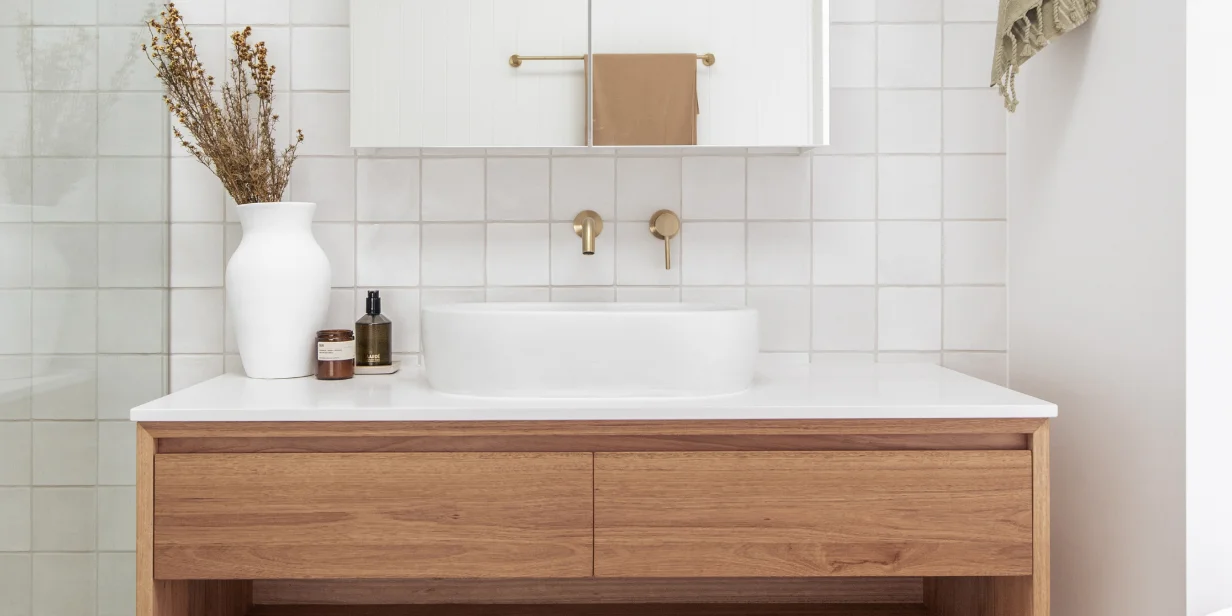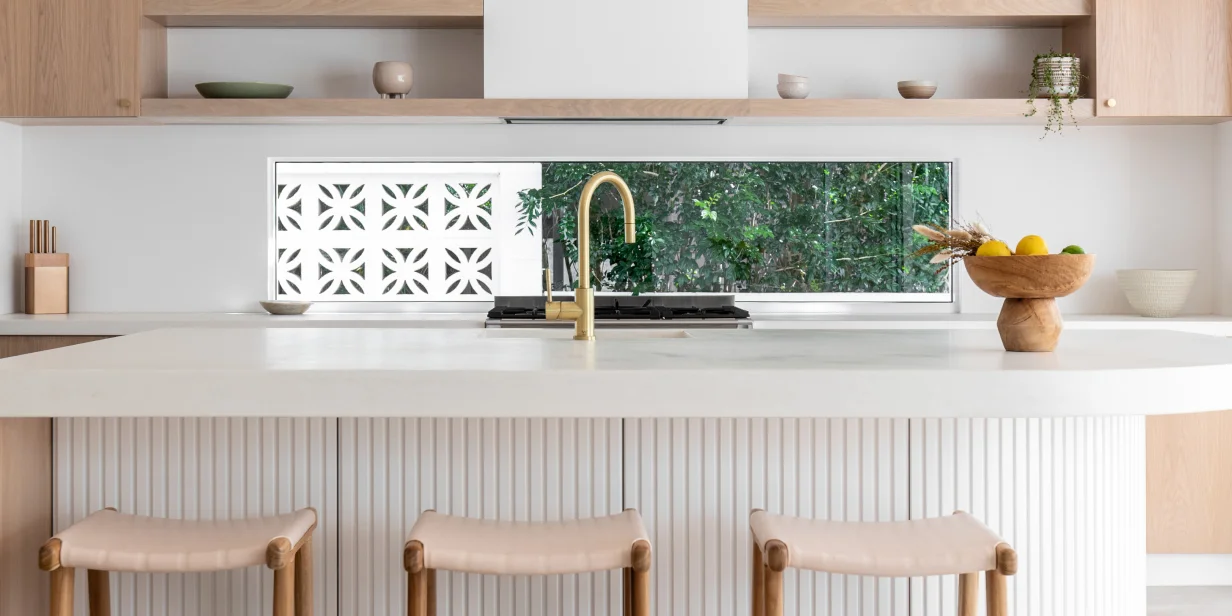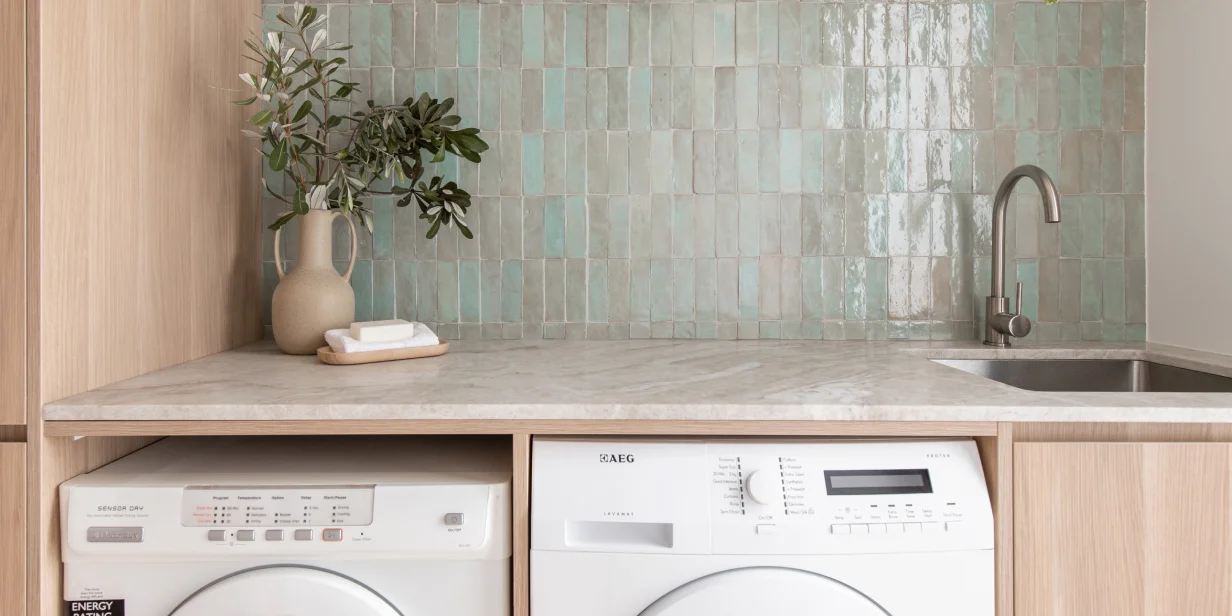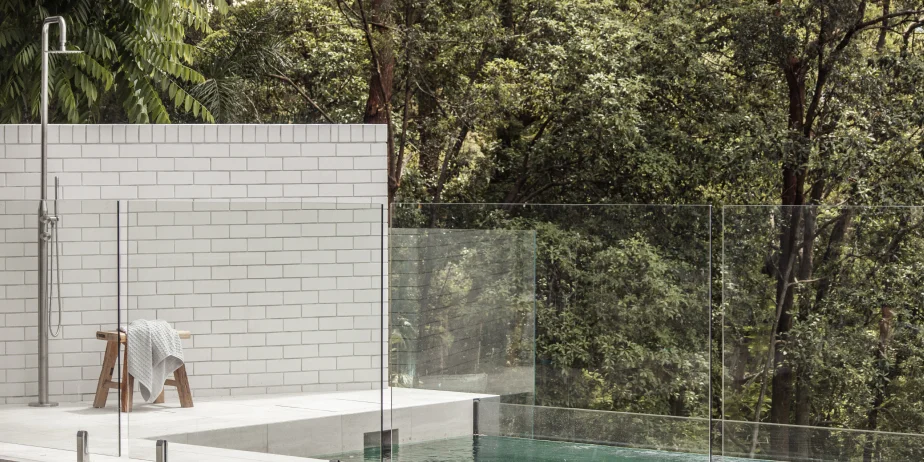The 7 Principles of Interior Design
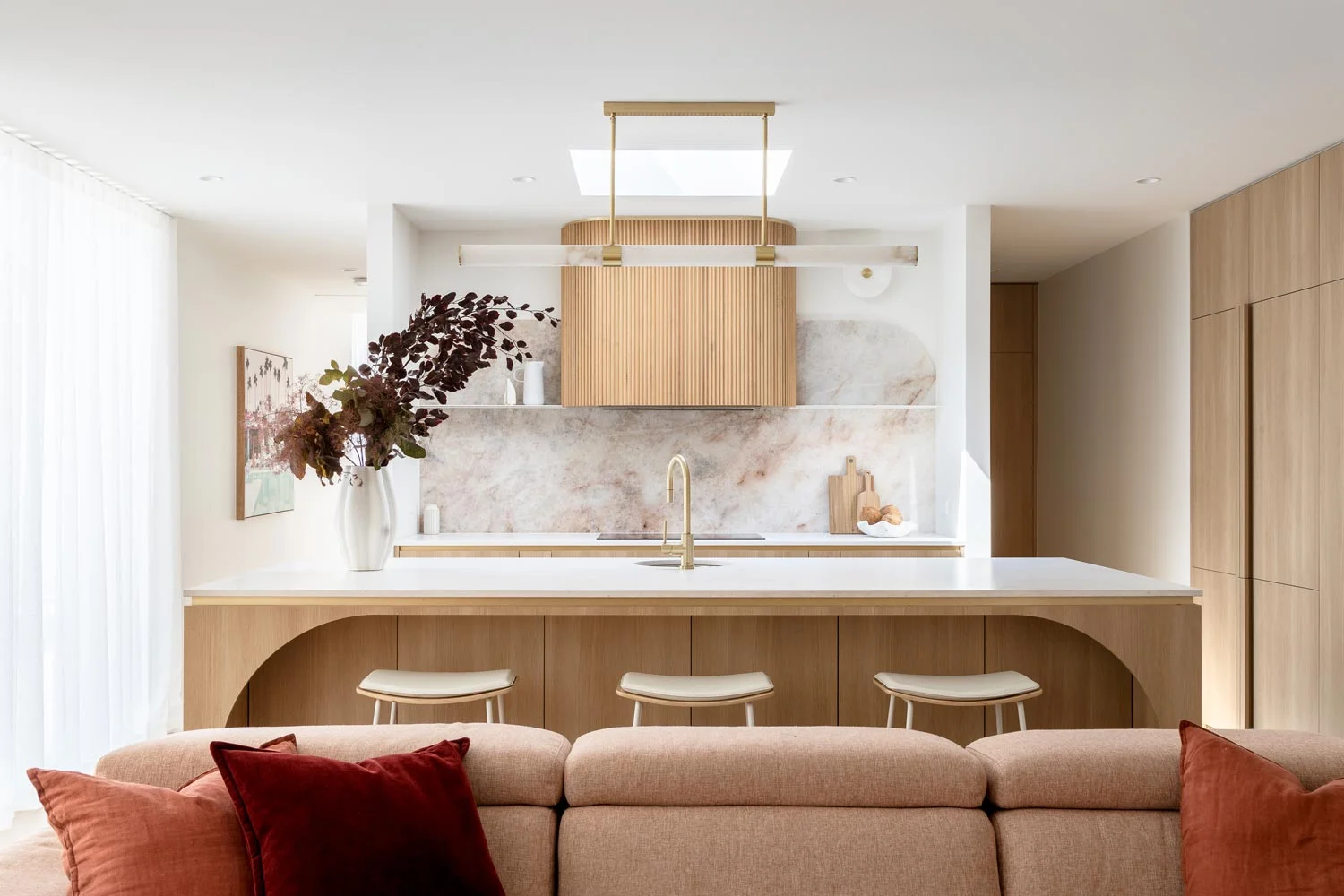
Any project can be clearly defined by having solid principles in place. This is particularly true regarding the seven principles of interior design: balance, unity, rhythm, emphasis, contrast, scale and proportion, and details.
These standards have been created to help accomplish harmonious interiors that convey character. So, to help you comprehend these principles of interior design, we delve into each of them in detail and consider how you may implement these to realise your ideal home.
1. Balance
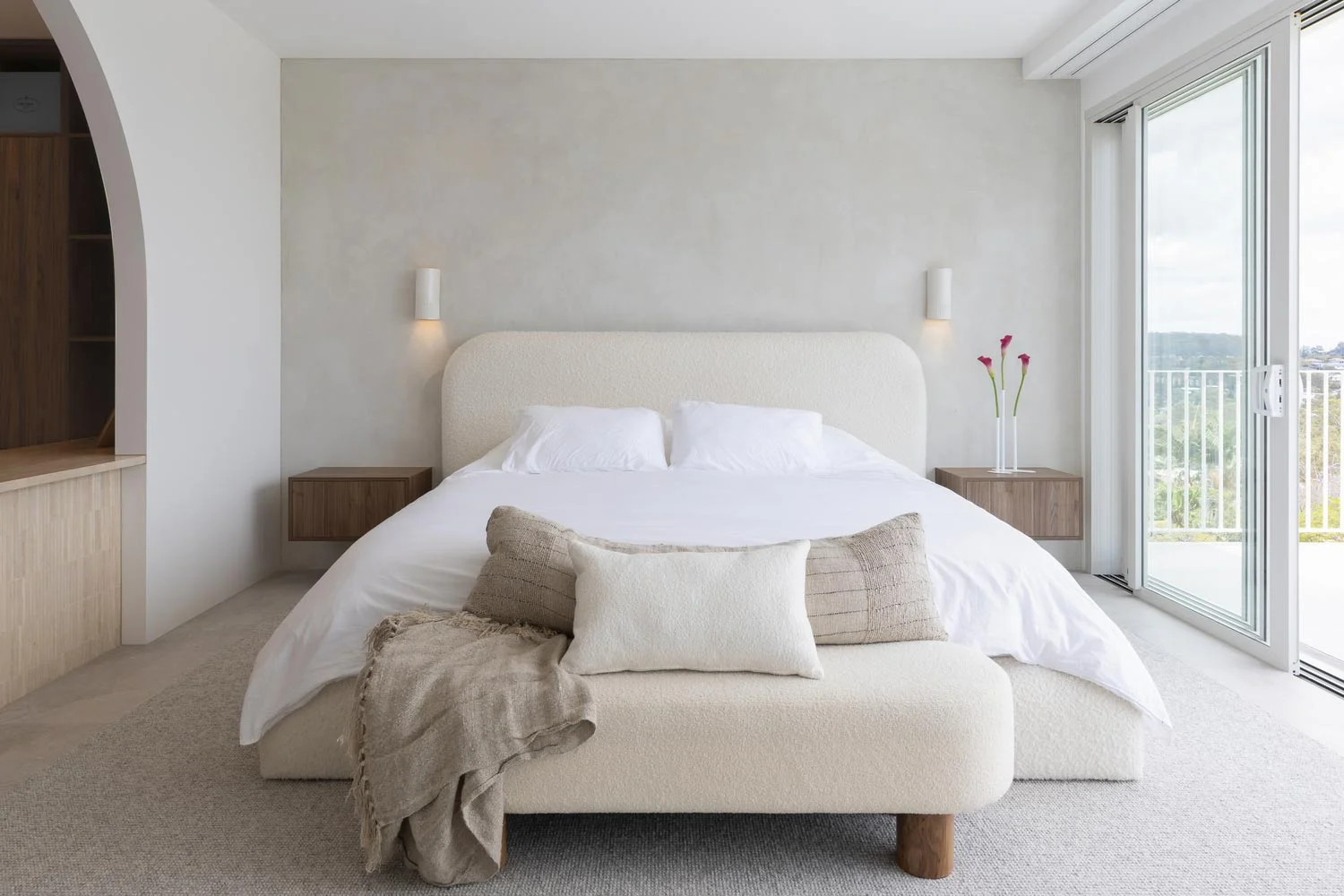
Accomplishing balance in life is the key to a more rewarding existence. The same applies, in a visual sense, to interior design concepts. Balance in interior design involves an understanding of stability. However, three different types of balance can be applied depending on personal preferences:
Symmetrical
Perhaps the most straightforward idea of ‘balance’ in interior design is symmetrical (or formal balance). It is dictated by a mirroring effect that evenly divides your space into two, where each side reflects the other.
To visualise the idea of formal balance, think of a dining room where the dining table has chairs opposite one another or a bedroom with side tables and identical lamps on either side of the bed.
Asymmetrical
A looser approach to balance is to embrace asymmetrical interior design. This modern concept means you can replace the mirroring effect with something more flexible, albeit with a similar shape, size, or dimension. So, instead of two identically sized couches opposite one another, consider a couple of one-seater chairs or sofas to achieve a similar but less symmetrical effect that creates an off-kilter space that benefits from the visual weight.
Radial Balance
At the other end of the spectrum is radial balance. This more intricate approach requires establishing a natural focal point and having other smaller pieces diverge from it evenly. A fireplace could be the example of the focal point in question, and then you could carefully arrange other items facing toward it, for example.
2. Unity
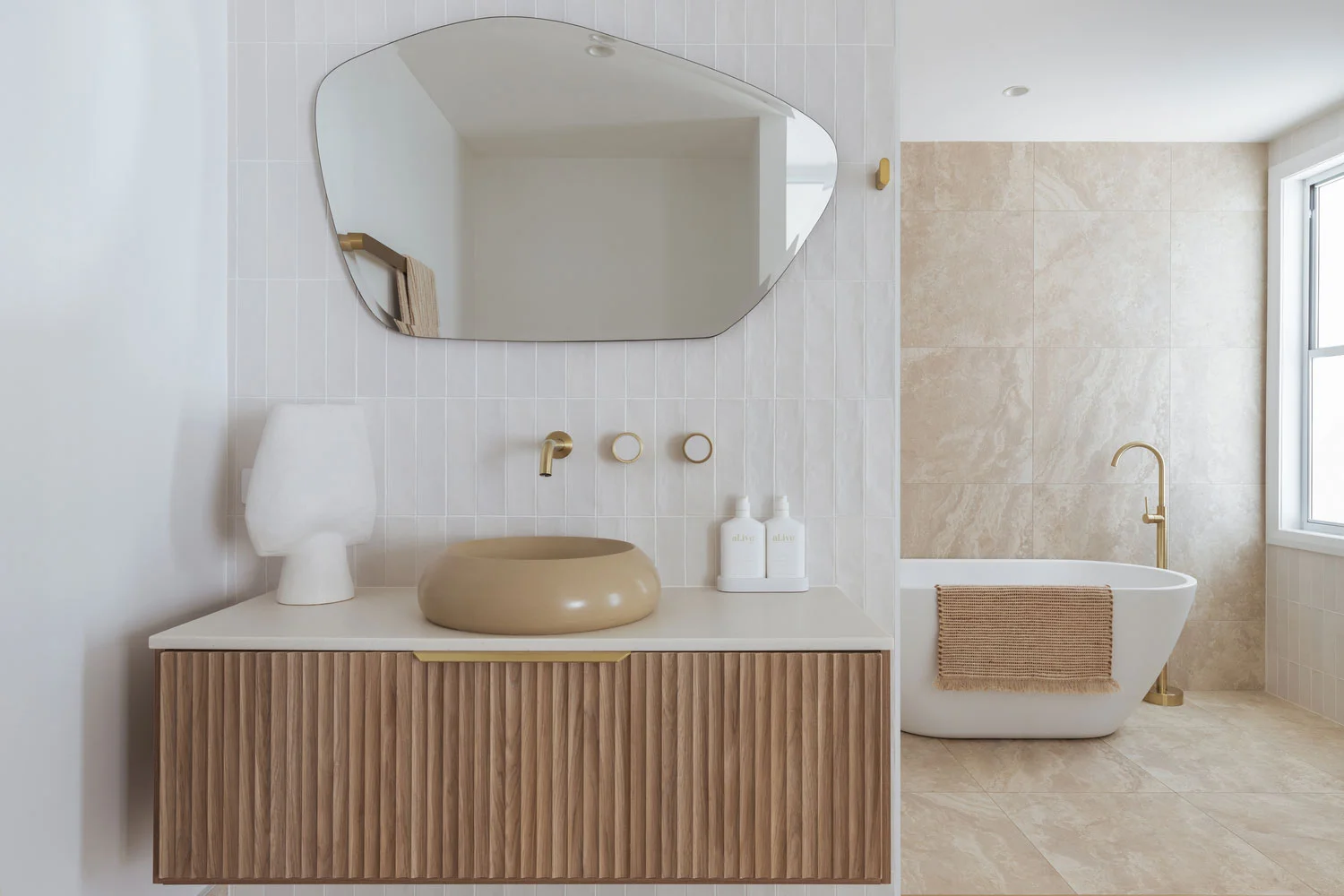
Unsurprisingly, unity combines all your interior design elements to unify rather than alienate your space. You could achieve unity in interior design through material choices, furniture sizes, or even by creating harmony with the shapes you select. It’s all about creating cohesion through a common theme or design.
It could also mean unity across different rooms. Although each room will have its own identity, the flow of the theme or style should ideally reverberate throughout your home to establish unity. Subtle colour flow is the easiest way to accomplish this, and by utilising a colour wheel, you can confidently select the most compatible ones.
3. Rhythm
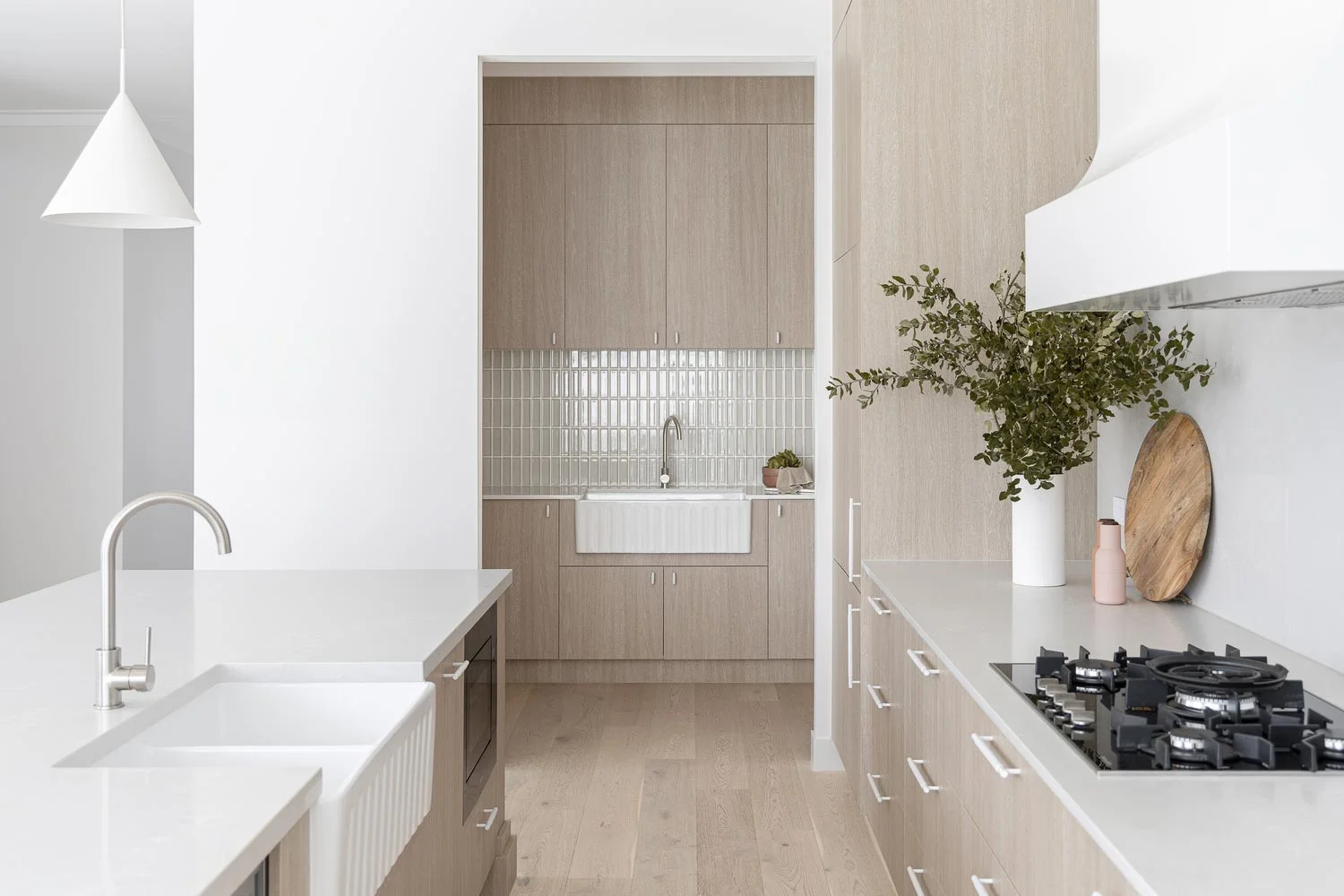
Akin to music, good rhythm can enhance interior design spaces, too. The key to incorporating this is through decorative repetition that captures the eye. The good news is there are endless possibilities to do this.
For instance, you can accomplish this through the same tapware finishes in your kitchen and bathroom. Decide on one consistent finish like brushed brass, brushed copper, brushed gunmetal, and matte black or white and use that colour across these spaces. Another rhythmic possibility could be pairing up the same counters or cabinetry in these rooms to achieve equally eye-catching consistency.
You can use similar furniture styles in your bedroom and living areas to provide intriguing comparisons for additional rhythm. If the style is tricky to replicate, consider the types of material, for example, similar tones of wood for your furnishings. You can add rhythm to your home in many other ways — sometimes, you need to think out of the box to find them.
4. Scale and Proportion
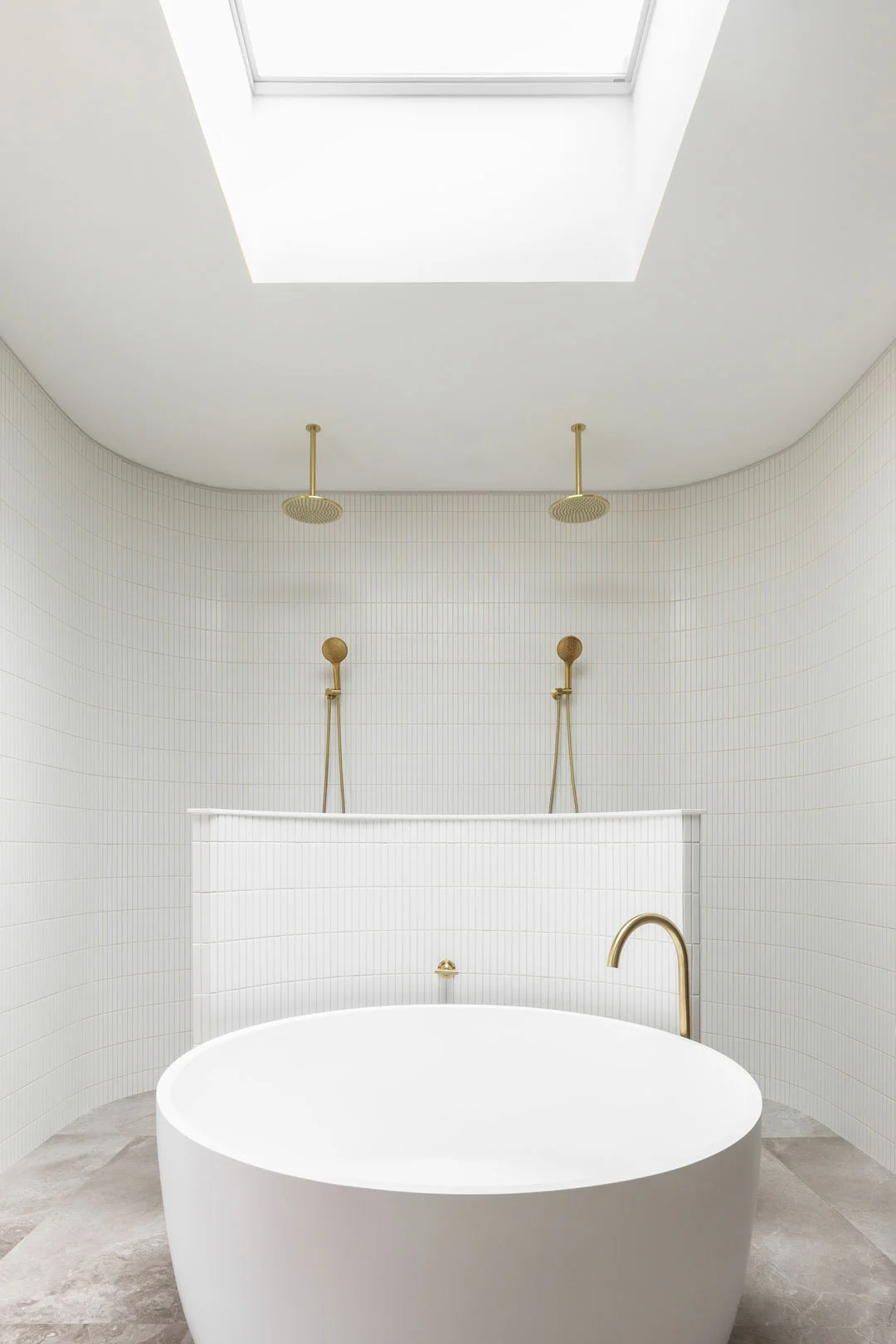
An equally important interior design principle is scale and proportion — namely, how the objects in your room fit the space. For example, from a scale perspective, a large room with high ceilings would benefit from bulkier furniture with height. However, large furniture in a smaller space could be problematic and overwhelm the balance.
Proportion, on the other hand, concerns how well those items fit together in a space. It’s about creating a spatially pleasing balance of repetition that considers the grouping of size, shape, texture, and colour elements. For instance, with colour proportion, you could repeat a prominent colour used in a framed piece of artwork with your couch cushions and rug.
5. Contrast

Contrast is one of the most powerful of the seven interior design principles. Whether it’s shapes, materials, or texture, you have a large variety of media to play with to develop this unique principle.
Contrast is the perfect way to add intrigue to a space that could otherwise become mundane. It plays to the strengths of pitting together opposites to establish its power. For example, light against dark, rough against smooth, or pairing something significant with something relatively minor. To get to grips with using contrast in your interior design, select a bold colour and pair it with shades of another on the opposite side of the colour wheel.
6. Emphasis
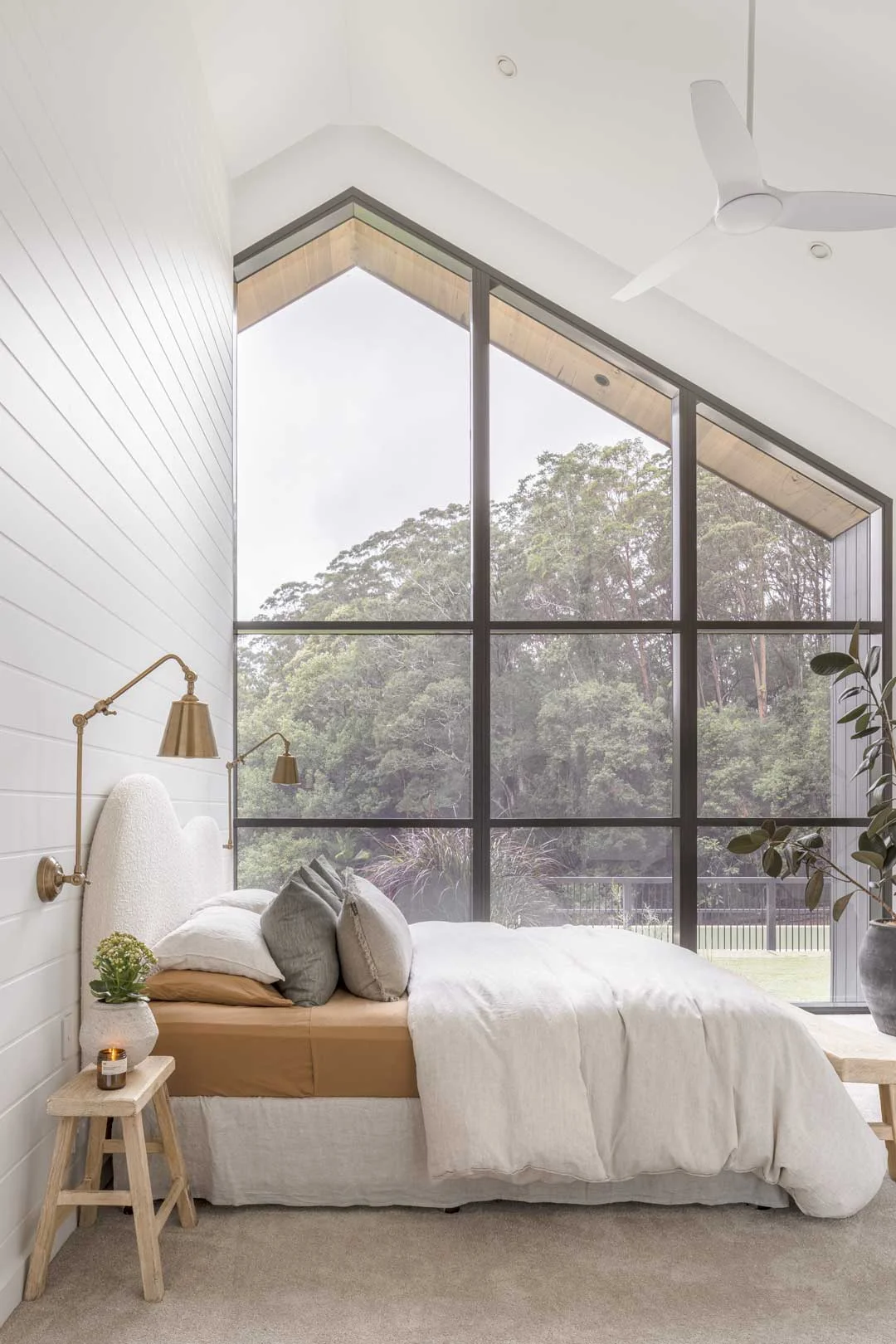
The principle of emphasis is about creating a focal point in your room that draws attention as soon as you enter it. Emphasis could be a piece of provocative art, a colourful throw draped on an otherwise conventional couch, or a dramatic fireplace that holds court. Either way, emphasis commands attention and spices up a space.
Consider drawing attention to your kitchen or bathroom with a boldly coloured backsplash or add an accent wall to your living area. There are numerous ways to emphasise your space, from intriguing decor and accessories to more prominent, characterful elements.
7. Details

Attention to detail is a highly regarded personal strength, so perhaps it’s unsurprising that it’s also an essential interior design principle. After all, little details can make all the difference.
Whether those details are in the embroidery of your cushions, the style and colour of your tapware, cabinetry handles, kitchen or bathroom accessories, or even the door handles you choose, altering these items can dramatically enhance your interior design.
Consider slowly scanning your space for opportunities to enhance the detail in your area. The trick is to unite elements for a naturally attention-grabbing effect.
For more inspiration, read our blog on How to Choose Calming Colours In Interior Design.
